The Earth’s coldest places aren’t just inhospitable—they are nearly uninhabitable. These places are so cold that even the most advanced recovery methods and survival techniques are often put to the test. If you’re thinking about exploring some of the coldest places on the planet, you’d better pack more than just a jacket. Many of these locations reach temperatures that can freeze your skin within minutes, and in some areas, ordinary thermometers don’t even work properly. Whether you’re an adventurer, scientist, or someone interested in understanding the extremes of our planet, these spots are bound to leave you awestruck by the sheer power of nature.
1. Dome Fuji, Antarctica – The Coldest Spot on Earth
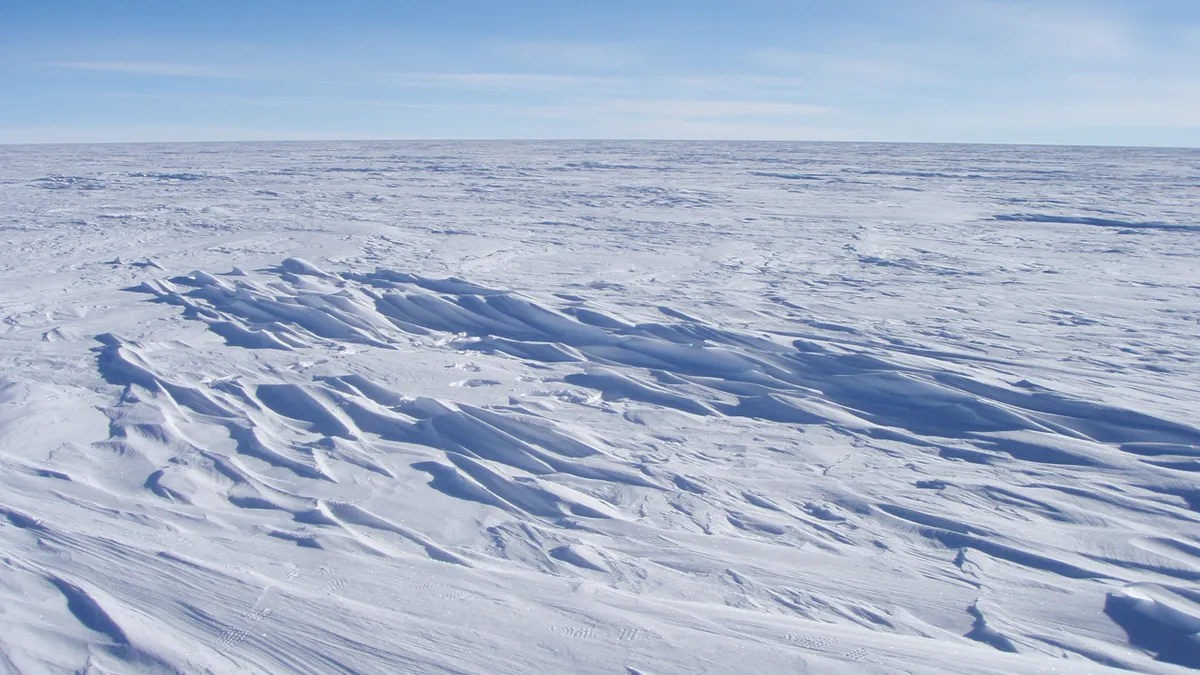 © Atsuhiro Muto
© Atsuhiro Muto
Location: Antarctica
Temperature Recorded: -93.2°C
When: August 2010
At the top of the list is Dome Fuji, located in East Antarctica. This region holds the record for the coldest temperature ever recorded on Earth, at an astonishing -93.2°C. Despite its harsh conditions, Dome Fuji has been the site of extensive research, including ice core drilling that provides scientists with invaluable data on climate history.
This frozen wasteland might seem like a place where humans can’t survive, yet researchers and adventurers have spent time at Dome Fuji Station, which was established in 1995. The cold here is so extreme that it freezes almost everything in its path, but the scientific discoveries continue to come, shedding light on 720,000 years of climate history.
Why It’s Dangerous:
- Extreme cold that can freeze human skin within seconds.
- Harsh weather conditions make survival difficult without specialized equipment.
- Constant wind chill adds to the danger.
2. Vostok Research Station, Antarctica – The Record-Breaking Cold
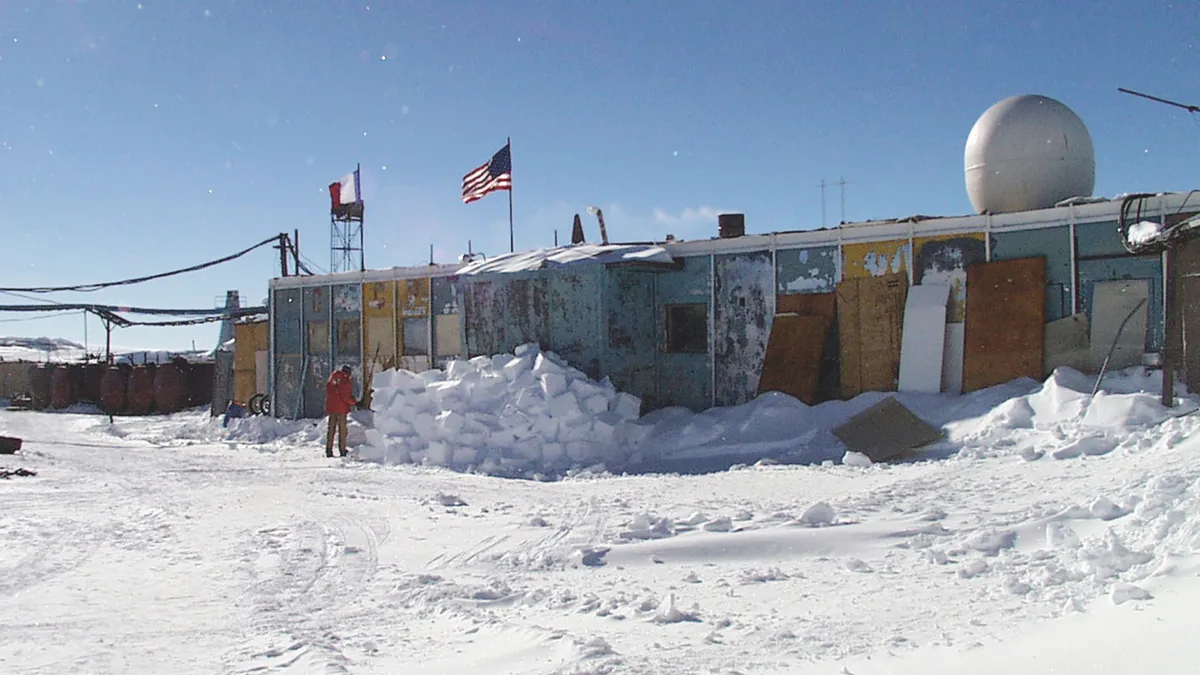 © NSF/Josh Landis, via Wikimedia Commons
© NSF/Josh Landis, via Wikimedia Commons
Location: Antarctica
Temperature Recorded: -89.2°C
When: July 1983
Just slightly warmer than Dome Fuji, Vostok Research Station in Antarctica holds the second spot for the coldest temperature recorded at -89.2°C. Established by the Soviet Union in 1957, this station remains one of the most significant scientific locations on Earth. Researchers here are focused on understanding everything from paleoclimate to subglacial ecosystems that have been cut off from the outside world for millions of years.
In addition to the freezing temperatures, Vostok experiences months of darkness during the polar night, with no sunlight for weeks. Yet, the station still sees hours of sunlight during the summer months, adding a unique aspect to the environment.
Why It’s Dangerous:
- Complete absence of sunlight during winter, adding to the harsh conditions.
- The cold can cause frostbite in minutes and is one of the most dangerous places to be exposed for even short periods.
- Harsh winds and the frozen atmosphere can make it impossible to work without proper equipment.
3. Amundsen-Scott South Pole Station, Antarctica – The Harshest Climates
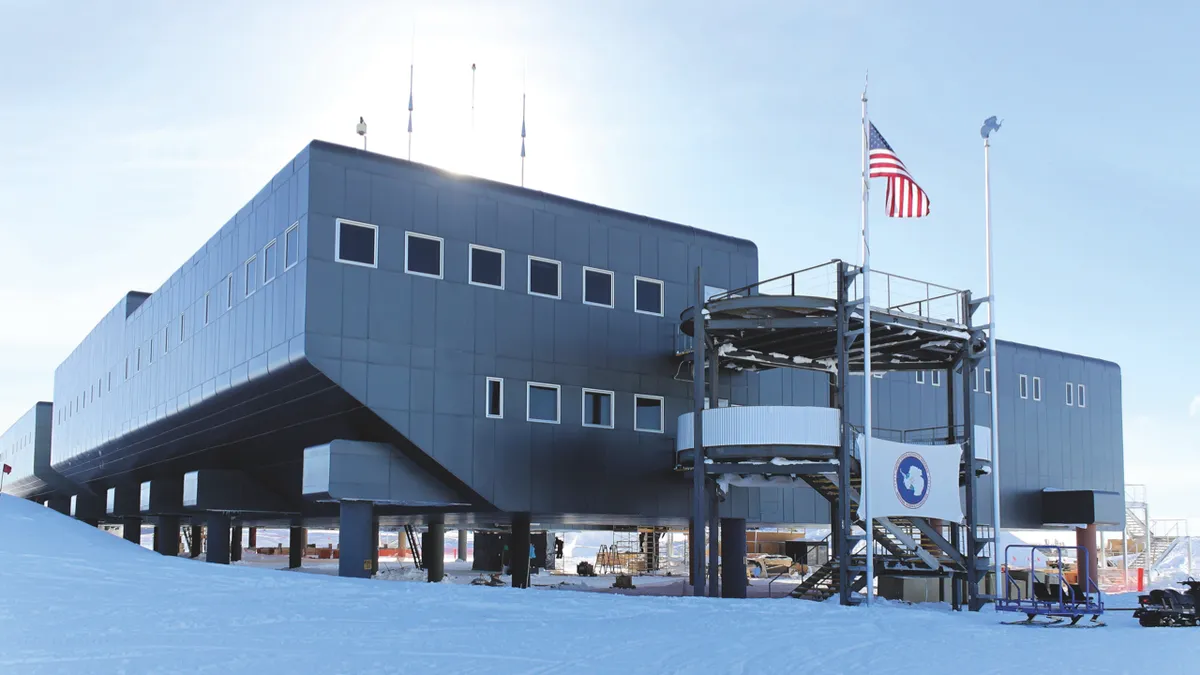 © Daniel Leussler, via Wikimedia Commons
© Daniel Leussler, via Wikimedia Commons
Location: Antarctica
Temperature Recorded: -82.8°C
When: June 1982
At the Amundsen-Scott South Pole Station, scientists work in one of the harshest climates on Earth. Situated near the Earth’s southernmost point, this research station has experienced temperatures as low as -82.8°C. While the station has been continually inhabited since 1956, it’s difficult to imagine living and working in conditions where temperatures rarely rise above -12°C even in summer.
The research conducted here focuses on everything from cosmic studies to biomedical work in extreme conditions, as the station provides a unique environment for scientific experiments.
Why It’s Dangerous:
- The station is situated on a vast ice sheet at high altitudes, making it one of the most difficult environments to work in.
- The extreme cold and isolation make it one of the most dangerous places to live for any period of time.
- Harsh winds and low atmospheric pressure add to the perilous conditions.
4. Dome Argus, Antarctica – The Coldest Recorded Spot
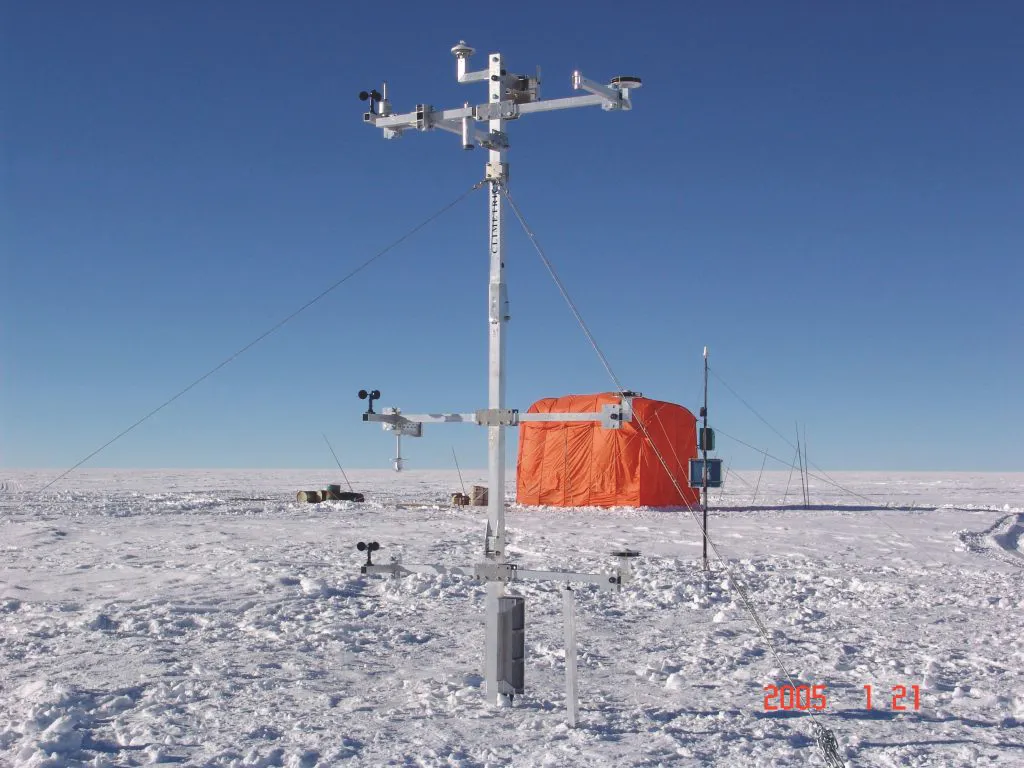 © CHINARE
© CHINARE
Location: Antarctica
Temperature Recorded: -82.5°C
When: July 2005
Close to the Vostok Station, Dome Argus is another Antarctic location that has been rumored to hold even colder temperatures, potentially dipping below -90°C. Dome Argus has remained relatively unexplored, but research conducted in nearby regions suggests this is one of the coldest places on Earth.
Scientists use infrared mapping to study these temperatures and speculate that the topography of the region could result in even colder temperatures yet to be officially recorded. The data collected here is vital for climate research and offers insights into Earth’s long-term environmental patterns.
Why It’s Dangerous:
- Temperatures in the area are extremely low and pose serious risks to human life.
- Inaccessible and remote, making rescue operations nearly impossible.
- Climate research in such conditions is hazardous and often requires months of preparation.
5. Denali, Alaska – Cold in the Highest Peaks
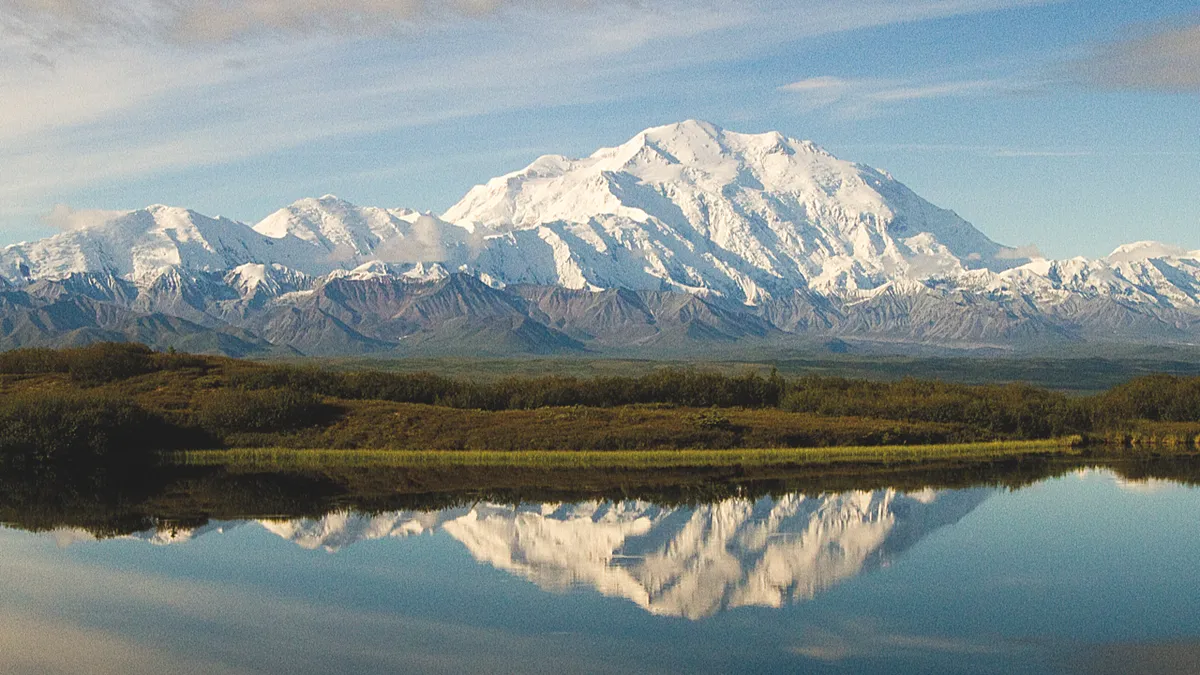 © Denali National Park and Preserve, via Wikimedia Commons
© Denali National Park and Preserve, via Wikimedia Commons
Location: Alaska, USA
Temperature Recorded: -73.8°C
When: Sometime between 1950 and 1969
Known as Mount McKinley until 2015, Denali is the tallest peak in North America. The highest point in the United States, Denali’s summit has recorded temperatures as low as -73.8°C. The extreme cold here is compounded by high winds and unpredictable weather, making it one of the most challenging peaks to summit.
Despite the extreme cold, Denali is a popular destination for climbers and adventurers who seek to test their limits. The weather station near the summit provides critical data on the coldest temperatures ever recorded in the country.
Why It’s Dangerous:
- High altitude and extreme cold make it a deadly place for mountaineers.
- The weather can change drastically, posing a significant risk to climbers.
- Lack of oxygen at high altitudes, combined with freezing temperatures, can cause hypothermia quickly.
6. Verkhoyansk, Russia – The Siberian Cold
Location: Russia
Temperature Recorded: -69.8°C
When: February 1892
Located in the Siberian Arctic Circle, Verkhoyansk is one of the coldest inhabited places on Earth. This town sees incredible temperature fluctuations between winter and summer, ranging from -69.8°C in the winter to more than 30°C in the summer. Known as the Pole of Cold, it’s home to around 1,000 people who brave extreme winters.
Despite the terrifying cold, life goes on in Verkhoyansk, where locals have adapted to survive in one of the coldest and most challenging climates on Earth.
Why It’s Dangerous:
- Extreme temperature fluctuations can make survival difficult, even for those who are used to the cold.
- The risk of frostbite is incredibly high.
- The lack of proper infrastructure in such an isolated place makes rescue difficult.
7. Klinck Research Station, Greenland – Extreme Cold for Science
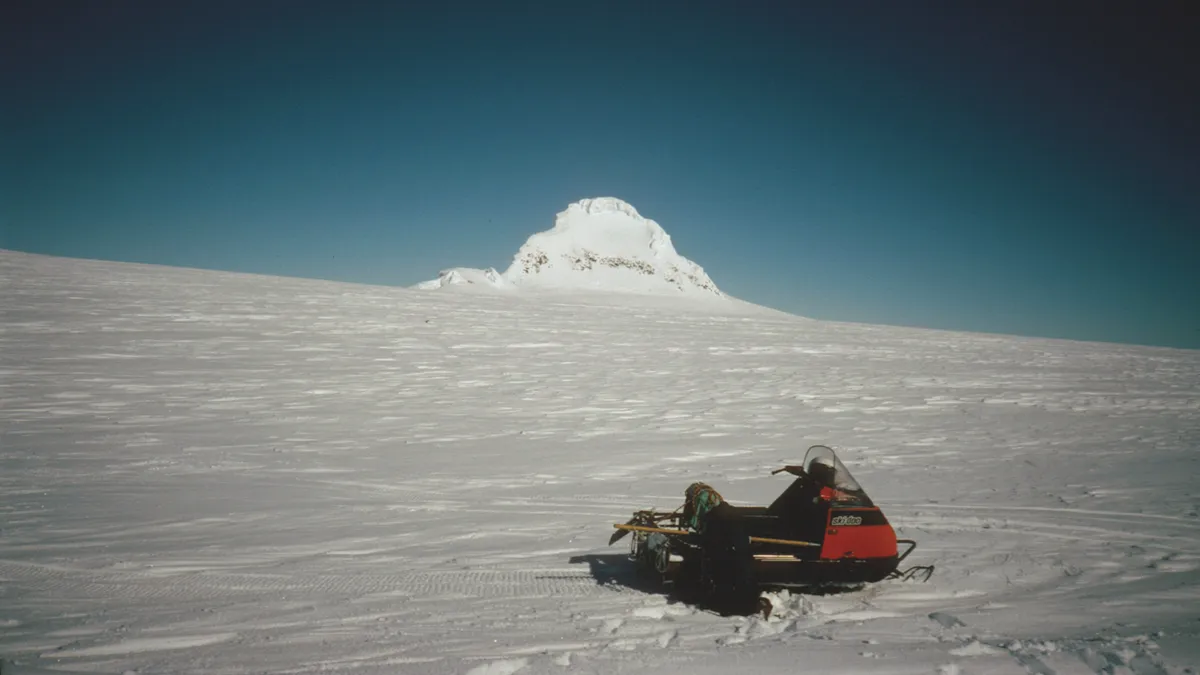 © euphro, via Wikimedia Commons
© euphro, via Wikimedia Commons
Location: Greenland
Temperature Recorded: -69.4°C
When: December 1991
Klinck Research Station is situated in the heart of Greenland’s ice sheet, one of the coldest places in the Northern Hemisphere. Scientists who work in this inhospitable environment are involved in climate research and geology, collecting data in one of the world’s most extreme conditions.
Reaching the station requires navigating treacherous icy terrain, and even then, the temperature is often too cold for ordinary thermometers to function.
Why It’s Dangerous:
- Harsh and unpredictable weather conditions make it incredibly dangerous for scientists and explorers.
- The polar winds and cold temperatures can cause exposure injuries very quickly.
- Being far from civilization makes any form of rescue extremely challenging.
8. Oymyakon, Russia – Coldest Village on Earth
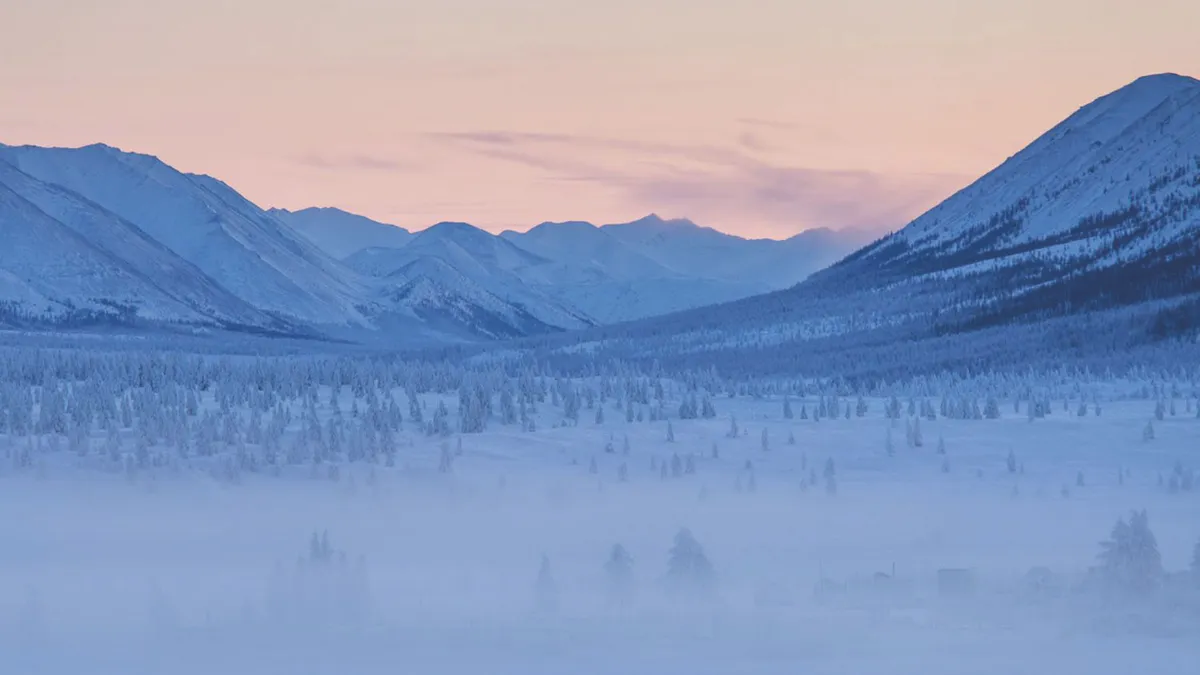 © Maarten Takens, via Wikimedia Commons
© Maarten Takens, via Wikimedia Commons
Location: Russia
Temperature Recorded: -67.8°C
When: February 1933
Known as the coldest inhabited settlement on Earth, Oymyakon in Siberia is a place where the temperature regularly dips below -50°C in the winter. In 1933, it hit -67.8°C, a record for the region. Despite its freezing conditions, Oymyakon is home to a small population who have adapted to the extreme cold.
Why It’s Dangerous:
- Extreme cold that can freeze exposed skin in minutes.
- Limited access to medical help due to its remote location.
- Icy conditions make traveling through the area very hazardous.
9. Taroko Gorge Road, Taiwan – Cold and Dangerous
Location: Taiwan
Temperature Recorded: Variable, below freezing in winter
Taroko Gorge Road is not just a scenic drive but one that’s dangerous due to landslides and rock falls. Carved out of the mountains, it’s often slippery with ice in winter, making it hazardous to travelers.
Why It’s Dangerous:
- Landslides and falling rocks are a constant danger.
- Cold, icy roads make driving treacherous.
- Narrow paths and cliffs increase the risk for travelers.
10. Karakoram Highway, Between China and Pakistan – High Altitude Cold
Location: Between China and Pakistan
Temperature Recorded: -50°C or lower
The Karakoram Highway is the highest paved road in the world and is notorious for its cold weather. At over 15,000 feet above sea level, this road is not only subject to extreme cold but also to the altitude sickness that affects travelers.
Why It’s Dangerous:
- Altitude sickness due to the high elevation.
- Frequent rock slides and snowstorms.
- Extreme cold and the lack of infrastructure make it challenging for travelers.
Conclusion
The coldest places on Earth are not just extreme; they are life-threatening. From Antarctica’s freezing tundra to the icy cold of Siberia, these locations demonstrate the power of nature and how humans can adapt, despite the odds. Whether conducting research or exploring, surviving in these areas requires specialized training, gear, and often, mental fortitude. So, if you’re considering a trip to one of these places, make sure you understand the risks—and bring a very warm coat.
For more on extreme travel destinations and fascinating places on Earth, check out the following articles:

